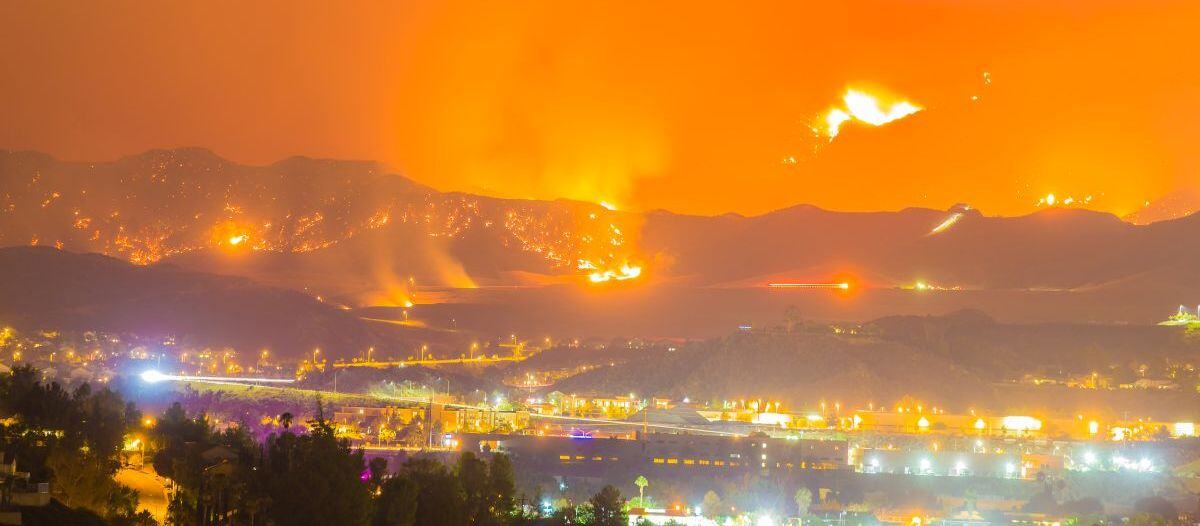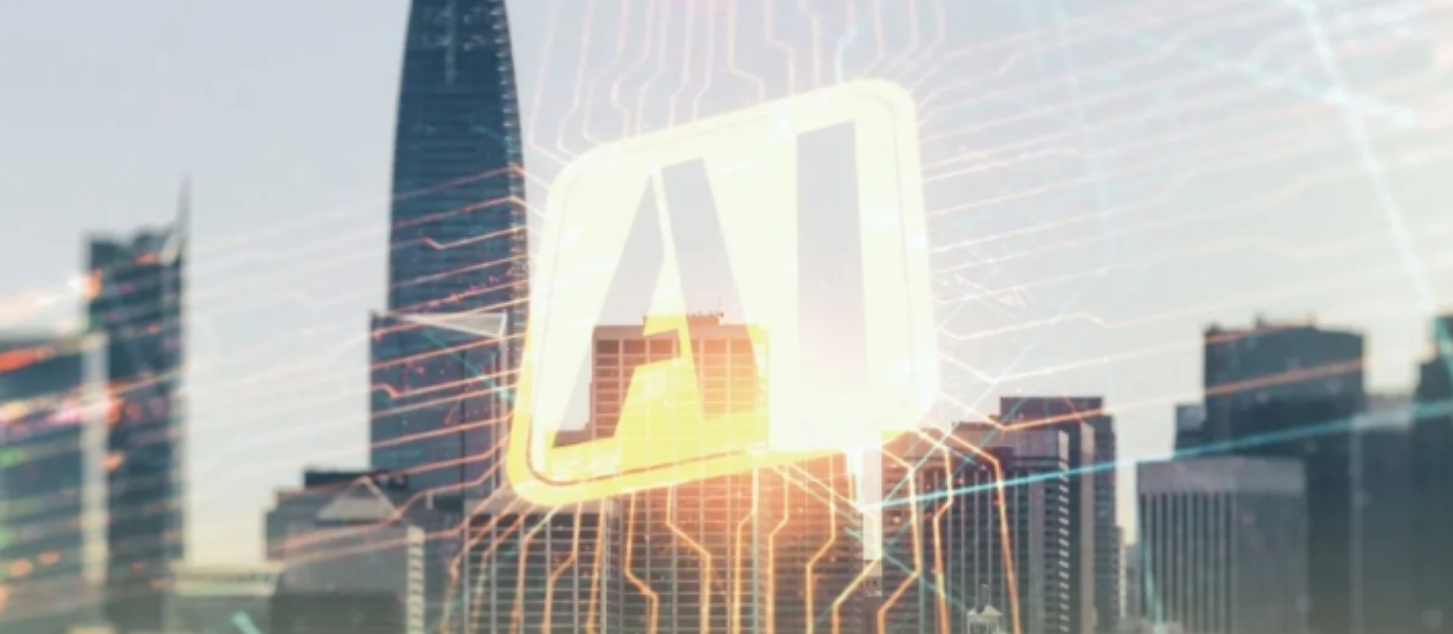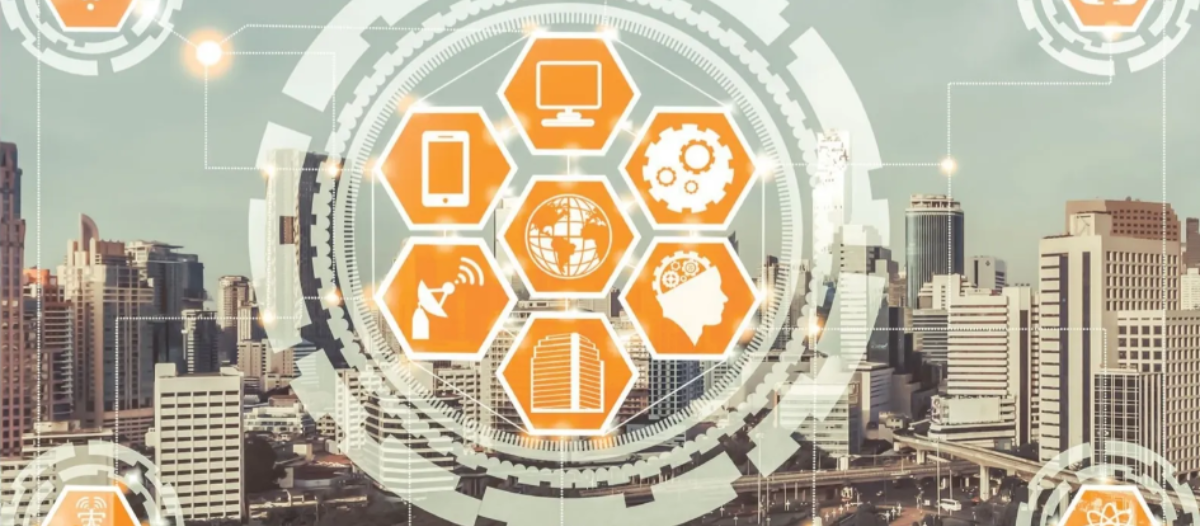Organizational Resilience
Putting people first

Resilience.
The Oxford Dictionary defines resilience as the capacity to withstand or to recover quickly from difficulties. But, considering the emerging aftermath of devastating fires in Southern California, USA and in context of the litany of other natural disasters in recent years, the word is taking on new focus. Resilience is no longer simply the ability to recover from setbacks. It must be a central tenet of not just organizational strategy. As well as organizational culture. In a global, hyper connected world, the days of isolated events are increasingly rare and have given way to networked disruptions that impact not only the lives of those in the path of disaster, but people far away from the epicenter. The world has shrunk, and the beat of the butterfly’s wing is reaching farther, faster.
The human cost of crisis
With the string of catastrophic events recently, from fires to hurricanes to freezing temperatures, disruption is at an all-time high. It is important to acknowledge the real, human consequences of these terrible events. While the financial and economic costs of these events become staggeringly larger and larger, the real toll begins with the loss of life and the enduring emotional and social impacts on communities, families and individuals. During these events, the best of humanity comes to the aid of their fellow man. In the days that follow, individuals are left to their own ends to manage the sustained stress and anxiety that comes with reconstructing their lives.
And yet, business must continue. In many ways, organizations are not training employees for this new reality. While they receive support in the moment and time off from work for the necessities of rebuilding their lives, the reality is that trail of impacts extends far beyond. From calls to insurance, to temporary living, to navigating school-aged children, to the stressful financial realities of starting over, employees do not just “bounce back” in a week or two. And these are the same people that must deliver the product or service customers rely on. Those customers often feel the same effects of disruption themselves. It is a cycle that is accelerating. Being resilient every once and a while is one thing. Getting knocked down before even getting back up is another. Organizations must both accept and prepare for this new reality.
Reimagining business continuity
The question facing organizations is how to respond. It is a complex dynamic that has transformed traditional crisis management and business continuity in unanticipated ways. At the same, in this world of hybrid, remote working there is opportunity. With a distributed, global workforce the impact of a single, local disruption can be offset with employees in unaffected areas. This, however, increases the complexity of employee monitoring, technology infrastructure and, most critically, team performance. In the wake of an increasing number of calls to return-to-the-office (RTO), executives might consider the real (and perceived) benefits of co-location with a similar assessment of the value of distribution. Like anything, it is a trade-off that requires careful consideration. However, one might consider that it will be difficult to put the genie back in the bottle when it comes to hybrid working. This changes the discussion to not “if” companies keep the current remote model in place, but rather “how” they manage the next crisis when it happens. In years past, organizational location strategy was driven largely by careful analysis of employee and manufacturing costs, distribution and supply chain, customer proximity and talent concentration. Today, organizations must consider the concentration of these resources as a critical component of continuity and therefore consider that finding the lowest cost solution is no longer the driving decision criteria.
One pathway to improving organizational resilience is the expansive availability of data and artificial intelligence (AI). While the world has yet to reach widely available, sentient AI that can replace every action an individual performs, organizations can create redundancies in core operational areas by augmenting with AI. In addition, the availability of data creates greater opportunities for local monitoring, as well as predictive capabilities to test various scenarios and outcomes. Albeit imperfect, this type of scenario planning provides critical practice to leaders and employees alike that increases individual and organizational resilience.
This concept of practice must also be revisited. When there are schools regularly practicing active shooter drills, companies still only require a very modest level of crisis response practice. The annual fire alarm test simply is not enough. This, of course, also comes at the cost of daily operations and are, in and of themselves, their own disruption.
But this is sort of the point, isn’t it?
If organizations are unwilling to cause disruption to better deal with it, it is unreasonable to expect them to manage the real thing when, not if, it occurs. In the same way individuals do not change without practicing new behaviors, organizations must accept the fact that dealing with disruption effectively requires a dedicated investment in the time, resources and repetitions of new approaches.
Building a stronger future
Building organizational resilience must remain at the top of every leadership team’s priority list. Gone are the days of worrying about strategy and the occasional business disruption. Organizational strategy, by definition, must be and include the concept of resilience to be sustainable. The world has moved from “if” to “when” a disaster will hit. Which means companies must make a similar shift from “if” to “how” to respond. To do so, organizations must evaluate the concept of resilience in a much more complex manner. It begins with considering the nested relationship of an interconnected world.
Resilient ecosystems
Organizations exist at the intersection of truly global communities. With global supply chains, distributed networks and employees, and interconnected resources, organizations do not exist in a vacuum. Crisis response requires that partnerships are formed at multiple layers within the complex Venn diagram of physical, financial and legal realities, locally, nationally and internationally. A resilient ecosystem is one where the entities (such as first responders, local government and private organizations), resources and intersections of crisis response are coordinated and planned. The entities within the ecosystem understand both their individual role, as well as the dependencies of the other entities within it. These ecosystems entities require not just the commitment to act in times of need, but the repeated preparation and practice of potential events. This requires time and investment.
Resilient organizations
Resilient organizations maintain the requisite procedures, systems and resources to respond in times of crisis. When these are coordinated with the larger ecosystems in which they operate, resilience increases. In terms of partnerships, organizations must also consider business-to-business relationships that can expand capacity. Resilient organizations maintain redundant procedures and systems that support multiple pathways to service and product delivery. Most importantly, they have dedicated teams and leaders whose job is to maintain preparedness as a key element of organizational strategy. This is not a part-time job for the facilities team. There must be an executive and supporting team that maintains a consistent, vigilant focus.
Within leadership, the executive team and critical layer of middle management must be trained and focused on this topic as well. Annual off-sites are not just about business results and planning anymore. They are opportunities to plan and prepare for resilience as a key element of the strategy that delivers results.
Resilient people
The ultimate unit of measurement for resilience is the individual. The disruption index on the everyday lives of people continues to increase. Those people are the employees that deliver performance and business results are only as good as their ability to execute. An employee’s job has gone from using their functional skills to deliver results, to building individual resilience to delivering results in the face of disruption. That means organizations must consider the whole individual. In what amounts to a redefinition of “bring your whole self to work,” organizations must understand that employees need more than technical skills to be successful. Every employee brings the disruption they experience with them every day. While they will undoubtedly learn to use the systems and procedures available in the organization, they also require the physical, psychological, and emotional skills necessary to be resilient.
Teams are only as strong as their weakest link. While that might be true in the world of tensile strength, the emerging reality of organizational resilience is that an organization is only as resilient as the combined resilience of its members. Organizational resilience is not just a one-time response. It is an enduring capability which emerges from the collective emotional, physical and psychological resilience of real people who live in complex, interdependent ecosystems. How companies get them ready for the next disruption is the collective responsibility.











